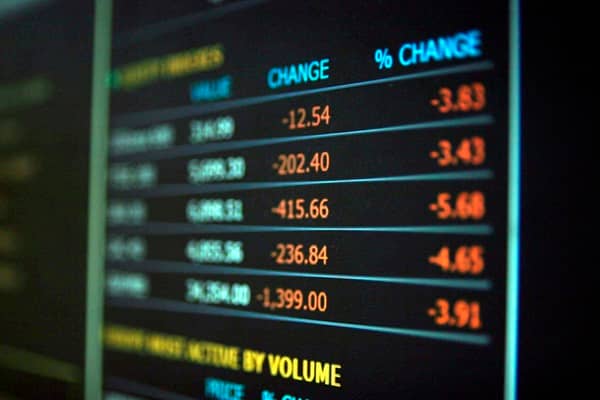The U.S. stock market ended the week with mixed results, closing out a holiday-shortened trading session that reflected both challenges and opportunities.
Early in the week, the S&P 500 Index experienced its fourth consecutive day of declines, largely due to year-end profit-taking as investors sought to lock in gains before the close of 2024.
However, a broad rally on Friday helped offset some of the earlier losses. Despite this brief slump, 2024 was a standout year for the market, with the S&P 500 recording a second consecutive annual gain of over 20%—a performance not seen in over 25 years.
The Nasdaq Composite also delivered strong results, finishing the year with an annual gain exceeding 20% for the sixth time in the past eight years, further underscoring the resilience of U.S. equities.
Economic data for the week presented a mixed narrative. The Chicago Purchasing Managers’ Index (PMI) dropped sharply to 36.9 in December, well below consensus expectations and marking its steepest decline since May. This extended the manufacturing sector’s 13-month streak of contraction.
Conversely, the labor market offered encouraging signs. Initial jobless claims fell to 211,000, the lowest level in eight months, while continuing claims dropped to a three-month low of 1.84 million, suggesting ongoing strength in employment.
In the bond market, U.S. Treasury yields fell across most maturities, contributing to gains in municipal bonds, which benefited from reinvestment cash and steady conditions in the Treasury market. Investment-grade corporate bonds also posted positive returns, supported by light trading and robust new issuance, with approximately $15 billion in bonds issued by 10 entities during the week. High-yield bonds saw marginal advances, despite the volatility in equities.
In Europe, markets had a subdued start to the year, with the STOXX Europe 600 Index gaining a modest 0.20% on thin trading volumes. The UK’s FTSE 100 Index rose 0.91%, supported by a weaker British pound, which boosted revenues for multinationals. However, major indexes in Germany, France, and Italy experienced modest declines, reflecting cautious investor sentiment.
On the macroeconomic front, Spain reported stronger-than-expected inflation in December. Annual inflation rose to 2.8%, driven by higher fuel prices, while core inflation, excluding energy and food, accelerated to 2.6%, surpassing forecasts. These developments intensified debates within the European Central Bank (ECB), with hawkish policymakers advocating for a slower pace of rate cuts to avoid exacerbating inflation risks. ECB President Christine Lagarde, however, reiterated that inflation is on track to reach the 2% target by 2025, signaling a cautious approach to policy adjustments.
The UK housing market demonstrated resilience in December, with Nationwide’s house price index rising 0.7% month-over-month and 4.7% year-over-year, the largest annual increase since 2022. Despite the strong performance in home prices, mortgage approvals in November fell slightly below expectations, reflecting a measured pace in housing market activity.
In Asia, Japan’s stock markets closed the year with robust gains despite a slight pullback in the final trading week. The Nikkei 225 Index ended 2024 up nearly 20%, bolstered by corporate reforms, share buybacks, and a weaker yen, which benefited exporters. However, the yen’s 11% depreciation over the year raised concerns about potential Bank of Japan intervention. Economic data showed mixed signals, with the au Jibun Bank Manufacturing PMI contracting for the sixth straight month but at a slower pace. Input costs rose sharply, while firms reported stabilization in new orders and reduced backlogs.
Meanwhile, Chinese equities struggled amid weaker-than-expected manufacturing data. The official manufacturing PMI barely stayed in expansion territory at 50.1, while the Caixin PMI fell to 50.5. Both indicators undershot forecasts, reflecting ongoing challenges in China’s economic recovery despite recent stimulus measures. However, the property market provided a glimmer of hope, with December home sales stabilizing year-over-year and rising significantly month-over-month, signaling potential recovery in the sector following government intervention.
In summary, the global markets showcased a blend of resilience and challenges as 2024 transitioned into the new year. As economic conditions continue to evolve, investors remain focused on key developments that will shape the months ahead.




Leave a Comment